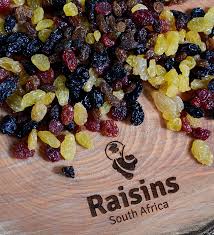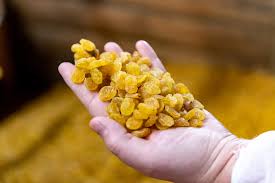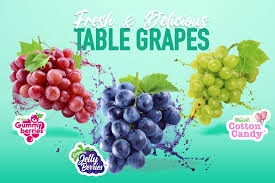
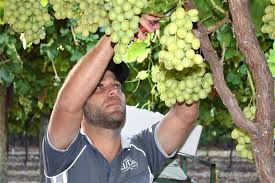
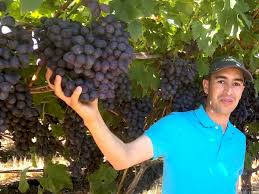
Table grapes are grapes intended for consumption while they are fresh, as opposed to grapes grown for wine production, juice production, or for drying into raisins. Table varieties usually have lower sugar content than wine grapes and are more flavorful when eaten. The Orange River; the valleys of the Hex, Berg and Olifants Rivers; and Limpopo province are the main producers of table grapes.
Planting Tips
Follow these easy tips for growing delicious grapes:-
Soil Preparation: Choose a sunny place for your grape plant to grow, where the soil drains well. Prepare a 60cm x 60cm hole. Mix some rich, compost into the topsoil removed from the hole and put this mix back into the hole. Compost also helps soil retain water.
Plant Correctly: Plant the root and stem of the vine about 400mm deep, leaving about 50mm of stem above the ground level. Cover the exposed stem with loose soil. New shoots will force their way through the mound of soil and do not need to be covered.
During the summer, allow it to grow unchecked. Remember to fertilize regularly but try to keep soil fertility at a moderate level – too much fertilizer will cause excessive vegetative growth, while too little will decrease the plant’s productivity.
Always mulch your plants – mulch conserves soil water and is Water Wise.
Pruning
-
In the first winter, choose the strongest branch of your plant and cut it back to two eyes.
-
Remove all other branches and when the two eyes send out new shoots, choose the most vigorous one and tie it to the support fence or pergola. Cut of the other shoot.
-
As the stronger shoot grows, tie it to the support fence and pinch off side shoots at every 25cm interval.
-
When the selected shoot reaches the desired height, cut it off at this height. The two side shoots which develop are now trained to grow horizontally outward on each side of the main stem.
Grapevines are not difficult to grow- they like gravel and stony soils, where the soil drains well. They do not respond well to over- or under watering. As they are woody climbing vines you will need to provide a strong support for your grape plant, such as a pergola or strong fence.
RAISIN PRODUCTION
25 years ago, a raisin was a raisin. All raisins were made from Thompson Seedless grapevines and all were tray dried in the field. Research and Development work has now given us more than six different seedless varieties of grapes that can be made into raisins and three different commercial techniques that can be used to provide raisins.
For the last 80 years, the vast majority of raisins have been made from Thompson Seedless grapevines, using a traditional drying process where field workers manually harvest clusters of mature grapes and lay them on paper trays, between the vine rows, to dry. This traditional approach to producing raisins is very labor intensive and research efforts began in the 1950s to develop mechanized raisin harvesting.
IF YOU NEED ANY HELP WITH YOUR GRAPE/RAISIN FARMING OPERATION or FARMING BUSINESS PLANS CONTACT US NOW FOR PROFESSIONAL HELP AT: 084 583 3143 or money@global.co.za
